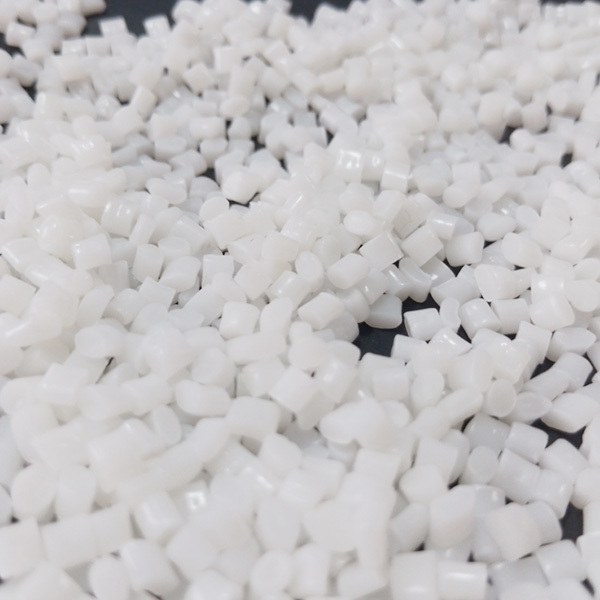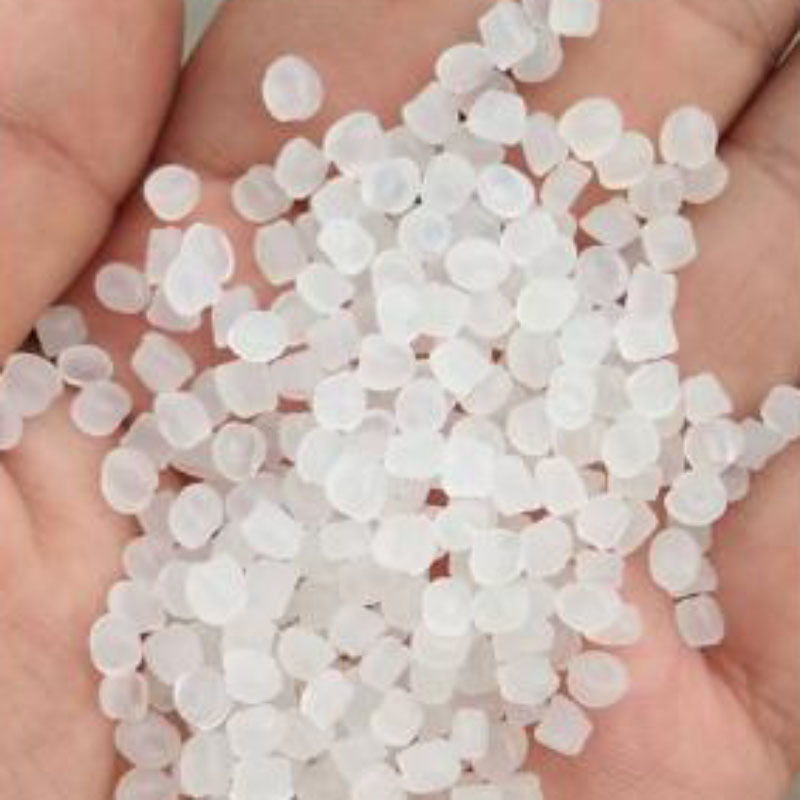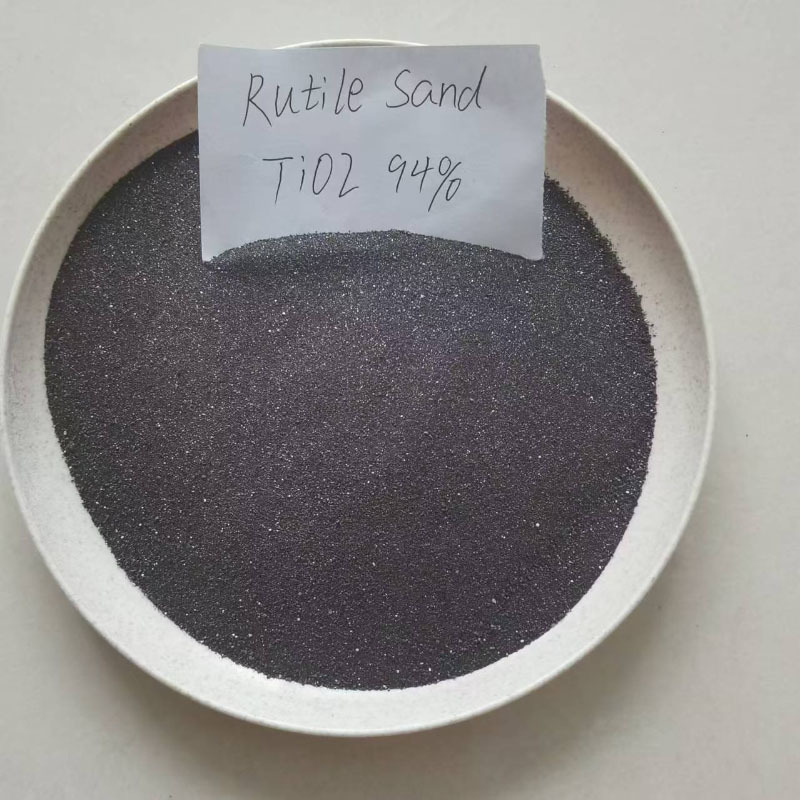How EVA is Transforming the Future of Automotive Components
Release Time:
Jun 11,2025
How EVA is Transforming the Future of Automotive Components Table of Contents Introduction to EVA in Automotive Engineering What is Ethylene Vinyl Acetate (EVA)? Benefits of Using EVA in Automotive Components Applications of EVA in Automotive Manufacturing EVA and Sustainability in the Automotive Industry Future Innovations with EVA in Automotive Design Case Studies: E
How EVA is Transforming the Future of Automotive Components
Table of Contents
- Introduction to EVA in Automotive Engineering
- What is Ethylene Vinyl Acetate (EVA)?
- Benefits of Using EVA in Automotive Components
- Applications of EVA in Automotive Manufacturing
- EVA and Sustainability in the Automotive Industry
- Future Innovations with EVA in Automotive Design
- Case Studies: EVA in Action
- Conclusion: The Future of EVA in Automotive Components
- Frequently Asked Questions about EVA in Automotive Components
Introduction to EVA in Automotive Engineering
In the fast-evolving landscape of automotive engineering, materials play a pivotal role in enhancing performance, safety, and sustainability. One material that has garnered significant attention is Ethylene Vinyl Acetate (EVA). Known for its versatility and unique properties, EVA is carving out a prominent position in the automotive sector. This article delves deep into how EVA is shaping the future of automotive components, emphasizing its benefits, applications, and sustainability.
What is Ethylene Vinyl Acetate (EVA)?
Ethylene Vinyl Acetate (EVA) is a copolymer made by the polymerization of ethylene and vinyl acetate. It possesses a range of desirable characteristics, including flexibility, toughness, and UV resistance. The varying proportion of vinyl acetate can influence the properties of EVA, allowing manufacturers to tailor the material to specific applications.
Properties of EVA
EVA exhibits several key properties that make it an ideal choice for automotive components:
- **Flexibility:** EVA's flexibility allows it to withstand various stresses and strains without cracking.
- **Adhesion:** It adheres well to a variety of substrates, making it valuable in composite applications.
- **Low-temperature performance:** EVA remains pliable even in low temperatures, enhancing vehicle performance in colder climates.
- **Chemical resistance:** It is resistant to many chemicals, including fuels and oils, protecting automotive components from degradation.
Benefits of Using EVA in Automotive Components
The incorporation of EVA in automotive components offers numerous advantages:
1. Enhanced Durability
EVA's durability ensures that automotive parts can withstand harsh environmental conditions. This resilience leads to longer service life and reduced maintenance costs.
2. Lightweight Design
With the automotive industry moving towards lightweight materials to improve fuel efficiency, EVA's lightweight properties make it an excellent choice. Reducing vehicle weight positively impacts performance and fuel consumption.
3. Improved Safety Features
EVA is used in various safety components, including airbags and padding. Its energy-absorbing characteristics help reduce the impact forces during collisions, enhancing passenger safety.
4. Cost-Effectiveness
Using EVA can lead to lower overall production costs due to its ease of processing and the ability to produce complex shapes with minimal waste.
Applications of EVA in Automotive Manufacturing
EVA's versatility allows it to be used in a variety of automotive applications:
1. Interior Components
EVA is widely used in the production of interior components, such as dashboards, door panels, and armrests. Its cushioning properties enhance comfort and reduce noise levels within the vehicle cabin.
2. Exterior Components
EVA is also applied in exterior components, such as bumpers and trims. Its UV resistance ensures that these parts maintain their appearance over time, even when exposed to sunlight.
3. Sealing and Insulation
EVA is effective in sealing applications, preventing water and air leaks. Its insulation properties help regulate temperature, contributing to overall energy efficiency.
4. Adhesives and Sealants
EVA is frequently used as an adhesive or sealant due to its excellent bonding characteristics. This is particularly important in assembling various automotive parts securely.
EVA and Sustainability in the Automotive Industry
As the automotive industry faces increasing pressure to adopt sustainable practices, EVA is emerging as a key player in this transition.
1. Eco-Friendly Attributes
EVA is considered more environmentally friendly compared to traditional materials. Its non-toxic nature and ability to be recycled contribute to reduced environmental impact.
2. Reducing Carbon Footprint
By integrating EVA into automotive designs, manufacturers can produce lighter vehicles that emit fewer greenhouse gases, directly aligning with global sustainability goals.
3. Biodegradable Options
Innovations in the production of EVA have led to the development of biodegradable variants, offering even greater sustainability benefits for the automotive industry.
Future Innovations with EVA in Automotive Design
The future of automotive design will likely see increased integration of EVA in innovative ways:
1. Smart Materials
Research is underway to develop EVA composites that can adapt to changing environmental conditions, such as temperature and pressure, enhancing functionality.
2. Advanced Manufacturing Techniques
The rise of 3D printing technology could revolutionize how EVA components are produced, allowing for more complex and customized shapes with greater efficiency.
3. Integration with Electronics
As vehicles become increasingly electronic, EVA’s properties could facilitate the incorporation of electronic components within automotive parts without compromising performance.
Case Studies: EVA in Action
Examining real-world applications of EVA highlights its effectiveness and versatility in automotive contexts.
1. Case Study: Airbag Development
In the development of airbags, EVA has been utilized in the cushioning layers. A study found that EVA-enhanced airbags reduced injury rates by effectively absorbing impact during collisions.
2. Case Study: Vehicle Interiors
A leading automotive manufacturer incorporated EVA into its vehicle interiors, resulting in a 20% reduction in weight while improving noise insulation by 30%. This showcases EVA's dual benefits of performance enhancement and weight reduction.
Conclusion: The Future of EVA in Automotive Components
Ethylene Vinyl Acetate (EVA) is undeniably shaping the future of automotive components. Its unique properties and versatility make it an indispensable material in modern vehicle design. As the automotive industry continues to prioritize sustainability, safety, and efficiency, EVA stands at the forefront of innovation. Its applications not only enhance vehicle performance but also contribute to a more eco-friendly automotive landscape.
Frequently Asked Questions about EVA in Automotive Components
1. What makes EVA suitable for automotive applications?
EVA's flexibility, durability, and resistance to environmental factors make it ideal for various automotive components, from interiors to exteriors.
2. Is EVA an eco-friendly material?
Yes, EVA is considered more environmentally friendly compared to many traditional materials, and advancements are being made towards biodegradable options.
3. How does EVA contribute to vehicle safety?
EVA is used in components like airbags, where its energy-absorbing properties help protect occupants during collisions.
4. Can EVA be recycled?
Yes, EVA is recyclable, which contributes to its sustainability profile in the automotive industry.
5. What are the future trends for EVA in automotive design?
Future trends include the development of smart materials, advanced manufacturing techniques, and greater integration with electronic components, enhancing the functionality of vehicles.
Keywords:
You Can Also Learn More About Industry Trends






